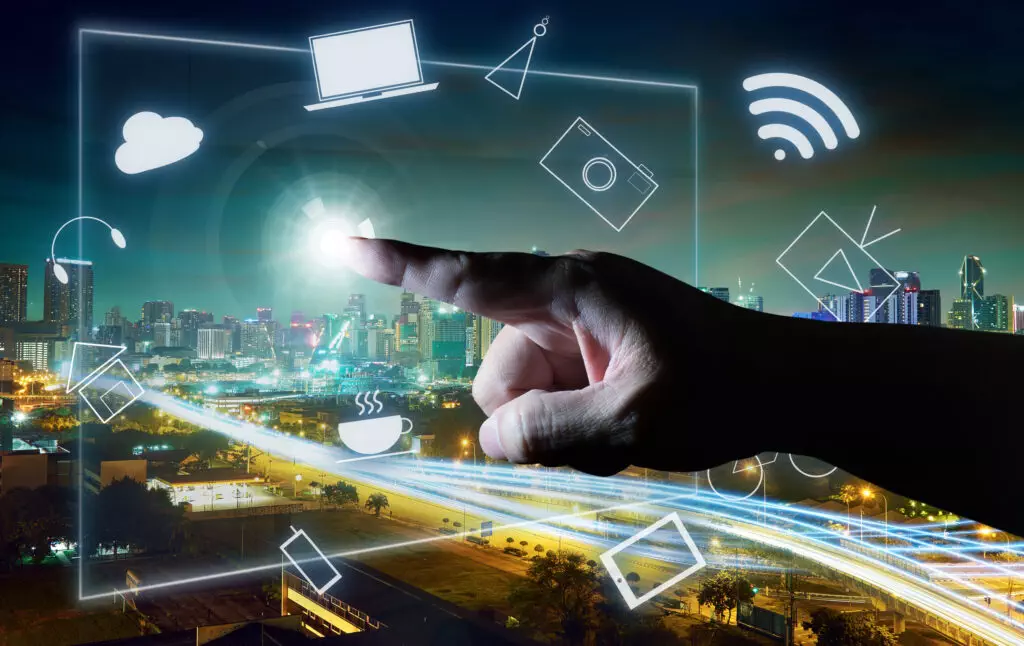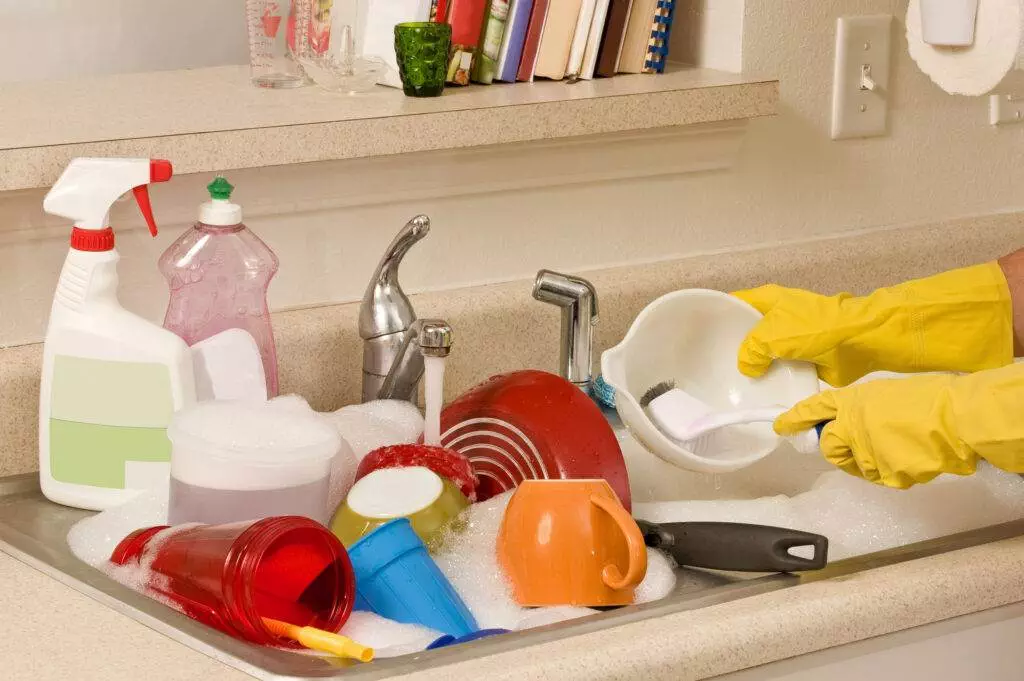The commercial cleaning industry is constantly evolving, and it’s important for businesses to stay up-to-date with emerging trends and technology. Here are some of the top trends that will shape the future of commercial cleaning.
Green cleaning solutions have become increasingly popular as companies strive to reduce their environmental impact. These products use natural ingredients instead of harsh chemicals, making them safer for both people and the environment. They also tend to be more cost-effective over time since they require less product to achieve the same results. As consumers continue to demand eco-friendly options, we can expect to see even more green cleaning solutions on the market.
Automation and robotics are already being used in many industries, including commercial cleaning. Automated machines can perform tasks such as vacuuming, mopping, and scrubbing floors, freeing up staff to focus on other areas of cleaning. This not only saves time but also reduces labor costs. We can expect to see even more automation and robotics in commercial cleaning in the years ahead.
Data analytics has become an essential tool for managing any type of business, including commercial cleaning. By analyzing data, companies can identify patterns and make informed decisions about how to improve efficiency and cut costs. For example, sensors can be placed throughout a building to monitor air quality, temperature, and humidity levels, allowing cleaning teams to adjust their approach based on real-time data.
Artificial intelligence (AI) is another area where we’re likely to see significant growth in the coming years. AI can help streamline processes by automating routine tasks, such as scheduling appointments or tracking inventory. It can also analyze data to provide insights into customer behavior and preferences, helping companies tailor their services accordingly.
Sustainable materials are becoming increasingly popular in all types of industries, including commercial cleaning. Companies are looking for ways to reduce waste and minimize their carbon footprint, which means using sustainable materials whenever possible. For example, microfiber cloths can be used instead of traditional cleaning rags, reducing the amount of paper waste generated during cleaning.
Remote work has become increasingly common in recent years, leading to changes in the way commercial spaces are designed and maintained. With fewer employees working in a central office, there may be less need for large communal spaces like conference rooms or breakrooms. Instead, companies may opt for smaller individual offices or shared workspaces. This could lead to a shift towards more flexible cleaning schedules and customized cleaning plans to accommodate these new layouts.
In conclusion, the future of commercial cleaning looks bright thanks to advancements in technology and a growing emphasis on sustainability. From green cleaning solutions to artificial intelligence, there are plenty of exciting developments on the horizon. Businesses that embrace these trends early on will be better positioned to succeed in the years ahead.


